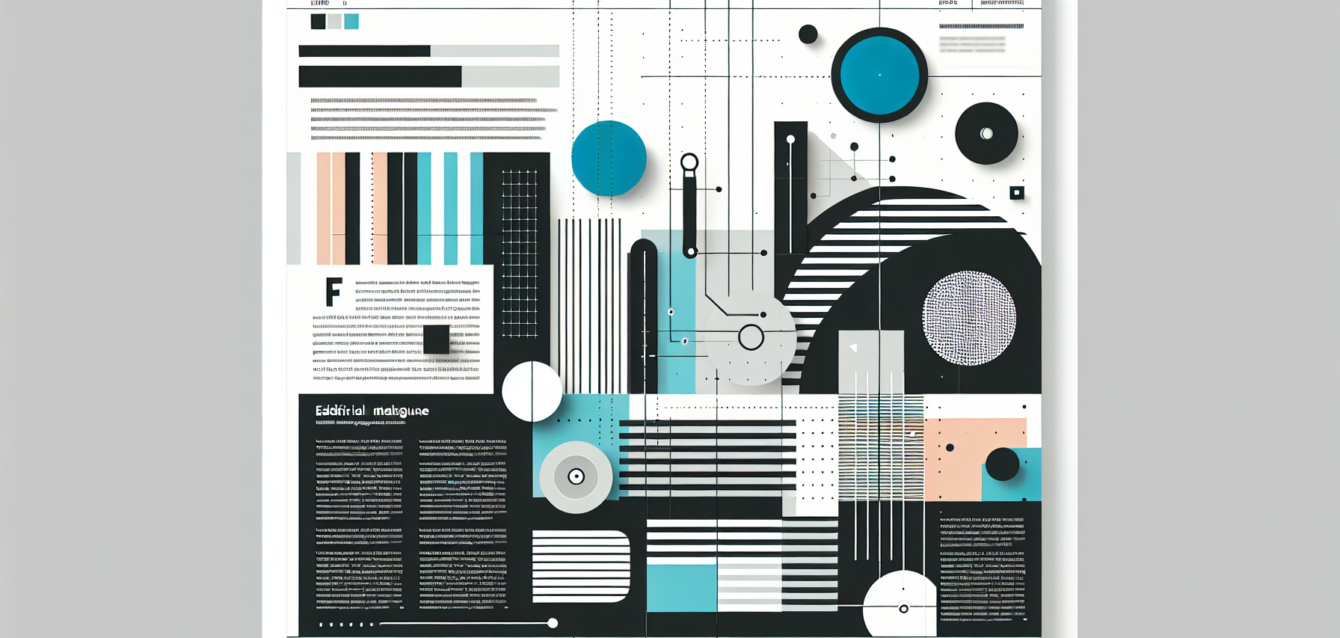Ask the Expert: Key Considerations for Building Sustainable Cleanrooms
- Advanced cleanrooms can consume up to 30% of a facility’s total energy usage.
- Sustainable cleanrooms lower carbon footprints and enhance operational efficiency.
- Choosing the right materials and designs is critical for sustainability.
- Modular construction promotes cleaner building processes with minimal waste.
- Collaboration and certification ensure alignment with sustainability goals.
Table of Contents
- Why Sustainable Cleanrooms Matter
- Material Selection
- Surface Design
- Energy Efficiency
- Modular and Prefabricated Construction
- Environmental Product Declarations (EPDs) and Life Cycle Assessments
- Airflow and Filtration
- Future-Proofing and Adaptability
- Collaboration and Certification
- Summary of Key Sustainable Cleanroom Strategies
- Looking Ahead
Why Sustainable Cleanrooms Matter
The pressure to minimize environmental impact is intensifying, yet cleanrooms must continue to meet rigorous contamination control standards. As a result, the engineering landscape is evolving rapidly. Sustainable cleanrooms not only contribute to lowering carbon footprints, but they also enhance operational efficiency and reduce lifecycle costs. By carefully selecting materials, optimizing energy consumption, and fostering adaptability, companies can create clean environments that not only support product integrity but also align with global sustainability goals.
Let’s explore the fundamental factors that every engineering team should consider when embarking on the journey to build a sustainable cleanroom.
Material Selection
One of the first steps to ensuring a sustainable cleanroom involves choosing the right materials. Utilizing non-shedding and low-emission materials prevents contamination and reduces indoor air pollutants, essential for maintaining cleanroom integrity. Stainless steel and coated aluminum stand out as industry favorites—these materials are both durable and contribute minimally to particulate release.
However, the challenge lies in pushing the envelope further. Consider incorporating materials with recycled content, bio-based options like bamboo or hemp, and even bioplastics for non-critical components. This not only lessens environmental impacts but also supports a circular economy. Cleanrooms by United details these best practices, emphasizing the need for careful material selection in contemporary cleanroom design.
Surface Design
The surfaces within a cleanroom must prioritize ease of cleaning and resistance to contamination. Smooth, seamless, and non-porous surfaces are crucial as they repel particle accumulation and can withstand rigorous cleaning regimens using strong agents. This not only helps maintain cleanliness but also prevents microbial harboring, which is critical for compliance in regulated industries. Clinical Lab notes that designs featuring seamless wall systems significantly enhance sanitization efforts, turning cleaning from a chore into a streamlined, efficient process.
Energy Efficiency
Energy consumption is a pivotal concern in cleanroom management; climate and particulate control represent the largest energy expenditures. Embracing advanced HVAC systems equipped with smart controls is essential not just for energy optimization but also for maintaining an ideal environment within the cleanroom. Incorporating waste heat recovery systems and exploring renewable energy sources—such as solar, wind, or geothermal—can significantly reduce a facility’s carbon footprint, making efficiency a cornerstone of sustainability. Insights from CleanSpace can guide companies in integrating these energy-saving practices effectively.
Modular and Prefabricated Construction
In today’s fast-paced industry, modular cleanroom components have emerged as a groundbreaking solution. These prefabricated systems allow for faster assemblies with minimal on-site waste, thus promoting cleaner construction processes. Additionally, they offer the flexibility to upgrade or disassemble cleanrooms, enhancing adaptability for future research needs and technological advancements. According to Clinical Lab, off-site prefabrication helps accelerate build times while reducing contamination risks during construction.
Environmental Product Declarations (EPDs) and Life Cycle Assessments
Understanding the environmental impact of materials is vital to sustainable construction. Utilizing Environmental Product Declarations (EPDs) provides transparency regarding the environmental attributes of products, measuring embedded carbon and overall sustainability. Conducting life cycle assessments (LCAs) will help identify efficiency gaps from initial construction through decommissioning. This analysis encourages resource minimization at every project stage, a principle discussed in detail by BioPharm International.
Airflow and Filtration
Effective airflow and advanced filtration systems define the performance and energy efficiency of a cleanroom. Strategic integration of mechanical systems is essential to ensure precise airflow, pressure, and filtration—these are non-negotiable elements for both compliance and operational efficiency. Designs must be adaptable to accommodate upgrades as technology progresses and industry best practices evolve. Insights from Cantrol Environmental can guide engineering teams in crafting responsive, future-ready cleanroom environments.
Future-Proofing and Adaptability
As technologies and regulations evolve, so too must cleanroom designs. This necessitates creating flexible layouts and systems that can easily accommodate changing cleanliness standards and research needs. Designing for disassembly not only allows for upgrades and retrofitting but also minimizes waste throughout the facility’s lifespan. As noted by CleanSpace, future-proofing is essential for ensuring long-term sustainability and functionality in cleanroom environments.
Collaboration and Certification
Finally, collaboration is key. Involving multidisciplinary teams early in the project ensures that sustainability goals are aligned from conception through operation. Benchmarking against green building initiatives, such as LEED, helps establish targets and ensure continual improvement in environmental performance. This wide-ranging engagement becomes foundational for fostering a shared commitment to sustainability across all project stakeholders.
Summary of Key Sustainable Cleanroom Strategies
| Consideration | Sustainable Practice |
|---|---|
| Material Selection | Non-shedding, recycled, bio-based, or easily recyclable materials |
| Surface and Wall Systems | Smooth, seamless, non-porous, durable surfaces |
| Energy Efficiency | Smart HVAC, renewable energy, waste heat recovery |
| Modular Construction | Off-site prefabrication, modular components for easy upgrades |
| Airflow & Filtration | Precise controls; adaptable systems for future standards |
| Life Cycle Assessment | EPDs, life cycle reviews, partnership with green certification bodies |
| Flexibility & Future Proofing | Designs for disassembly, adaptability for research changes |
Looking Ahead
The trajectory for sustainable cleanrooms points toward ongoing innovation. Anticipated advancements include greater utilization of intelligent controls for environmental management, the adoption of sustainable materials, and enhanced life cycle thinking to drive improvements in both energy and resource use. The continual evolution of regulations and technologies demands that engineers remain agile, crafting cleanroom environments that can adapt to meet future challenges.
Building sustainable cleanrooms is not merely a trend; it’s a commitment to the future of cleanroom technology that integrates contamination control with environmental stewardship. As we journey through this dynamic landscape, let’s leverage our expertise and creativity to push the boundaries of what sustainable cleanrooms can achieve.
At QPS Engineering AG, we are at the forefront of these innovations, providing expert guidance tailored to the unique challenges of the Pharma, Biotech, and Food Tech sectors. Contact our team via LinkedIn to explore how we can assist in your sustainable cleanroom projects today!







